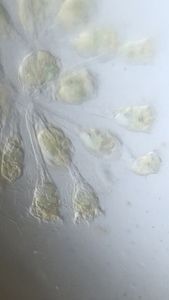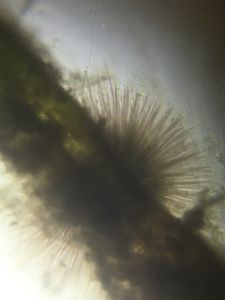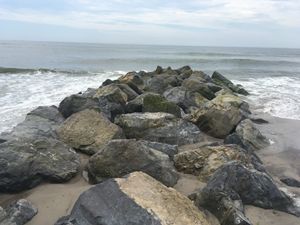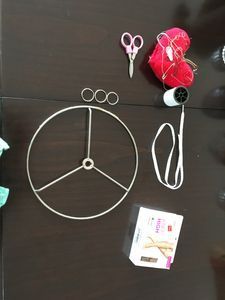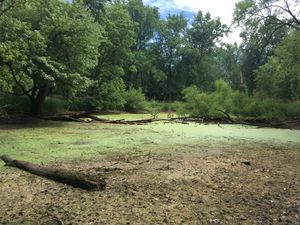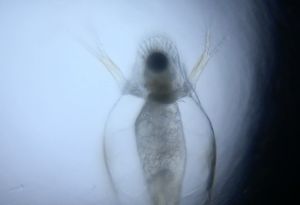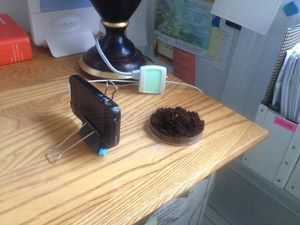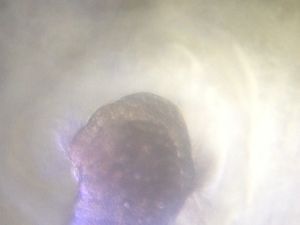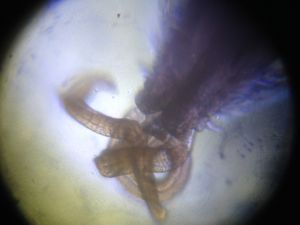A Matter of Scale
 Aug 21, 2015 • 9:02 AM UTC
Aug 21, 2015 • 9:02 AM UTC Unknown Location
Unknown Location 140x Magnification
140x Magnification Microorganisms
Microorganisms
Matthew Rossi
I'm a novelist, essayist, and a writing consultant. I work in the writing centers at Columbia and Baruch University and explore research into the overlap of maker cultures and writing. My work with the Foldscope tends to focus on finding wild creatures in urban spaces and looking at how human works are shaped by the movements of the biosphere.
40posts
105comments
4locations
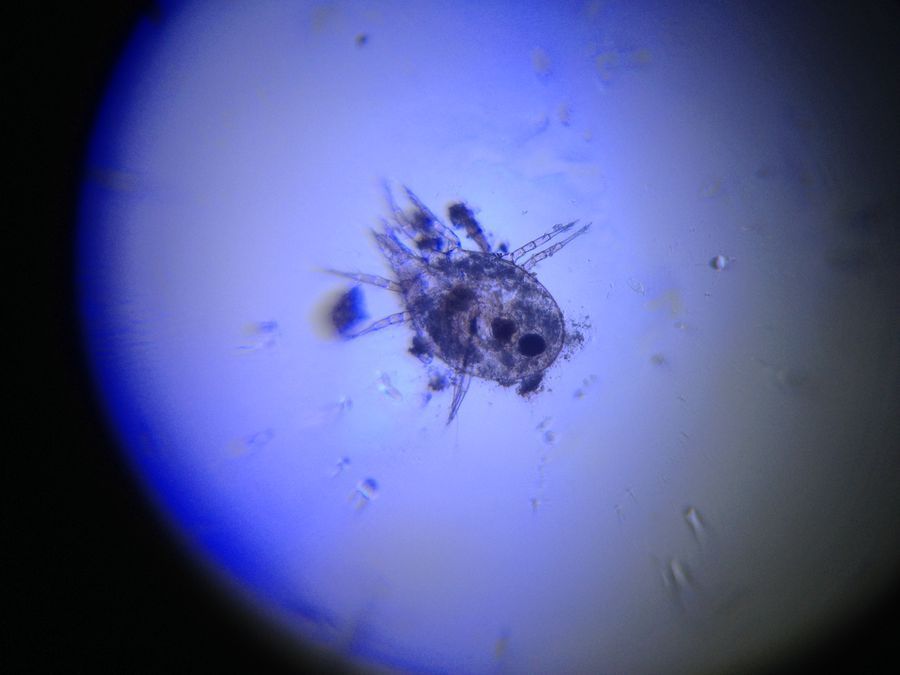
When astronomers talk about our place in the universe, they like to use the metaphor that we are just a speck of life on a speck of rock in the vast sea of outer space. There is an implied insignificance to this metaphor, but when I think of how much goes on in those tiny specks that I view under my lens, I find a kind of hope and joy in thinking I’m a part of this seemingly never-ending iteration of scale.
Take, for example, these worms:
Take, for example, these worms:
I found these living in the molted shell of a mosquito larva, taken from a sample of rainwater in the knot of a tree in the Brooklyn Botanical Garden. Trying to imagine what they must think of this object they live in, this tiny bit of flotsam in an equally tiny puddle, I realize they, too, are masters of this domain, pestered always by smaller paramecia, pestered in turn by bacteria and viruses and so on down the line.
Or take this mite:
Or take this mite:

Trapped in a floating bit of algae, it made its way across my sample container, a giant in comparison to many of the creatures I look at.
There is no sorrow in being tiny. Nor is there insignificance to it. Rather, it is all a part of a magnificent struggle by creatures big and small, all on a scale much larger than we could possibly imagine.
There is no sorrow in being tiny. Nor is there insignificance to it. Rather, it is all a part of a magnificent struggle by creatures big and small, all on a scale much larger than we could possibly imagine.
Sign in to commentNobody has commented yet... Share your thoughts with the author and start the discussion!
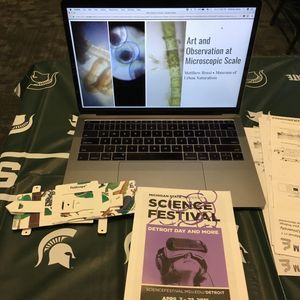
 0 Applause
0 Applause 0 Comments
0 Comments




